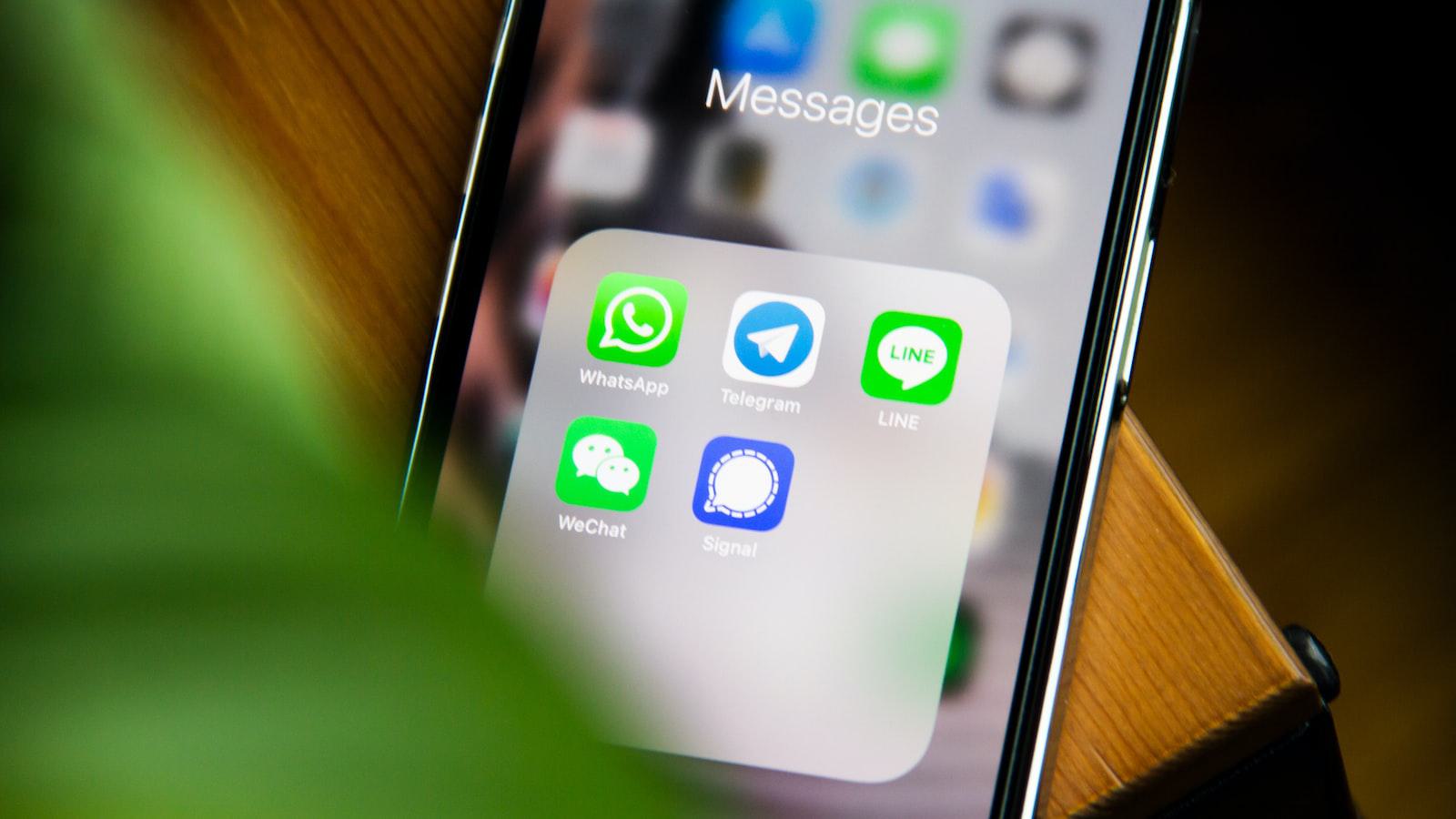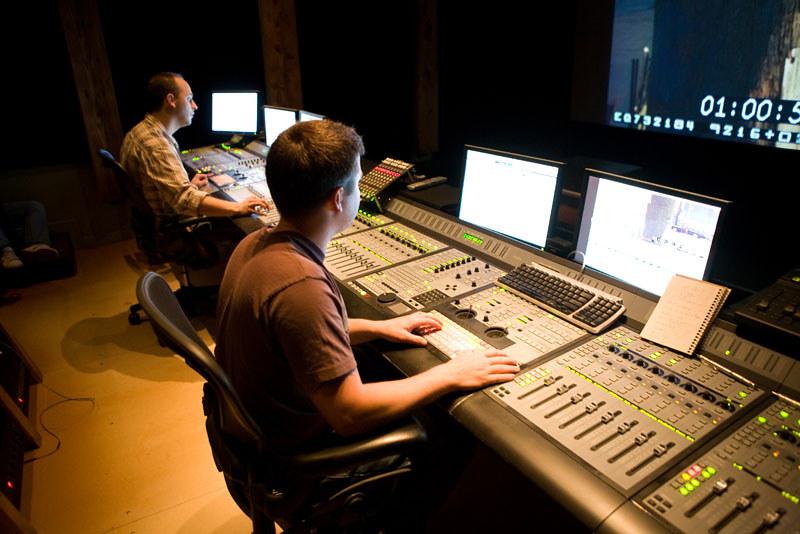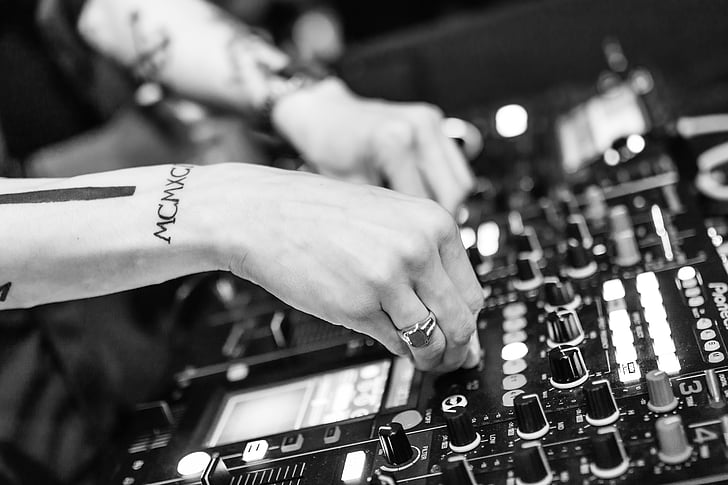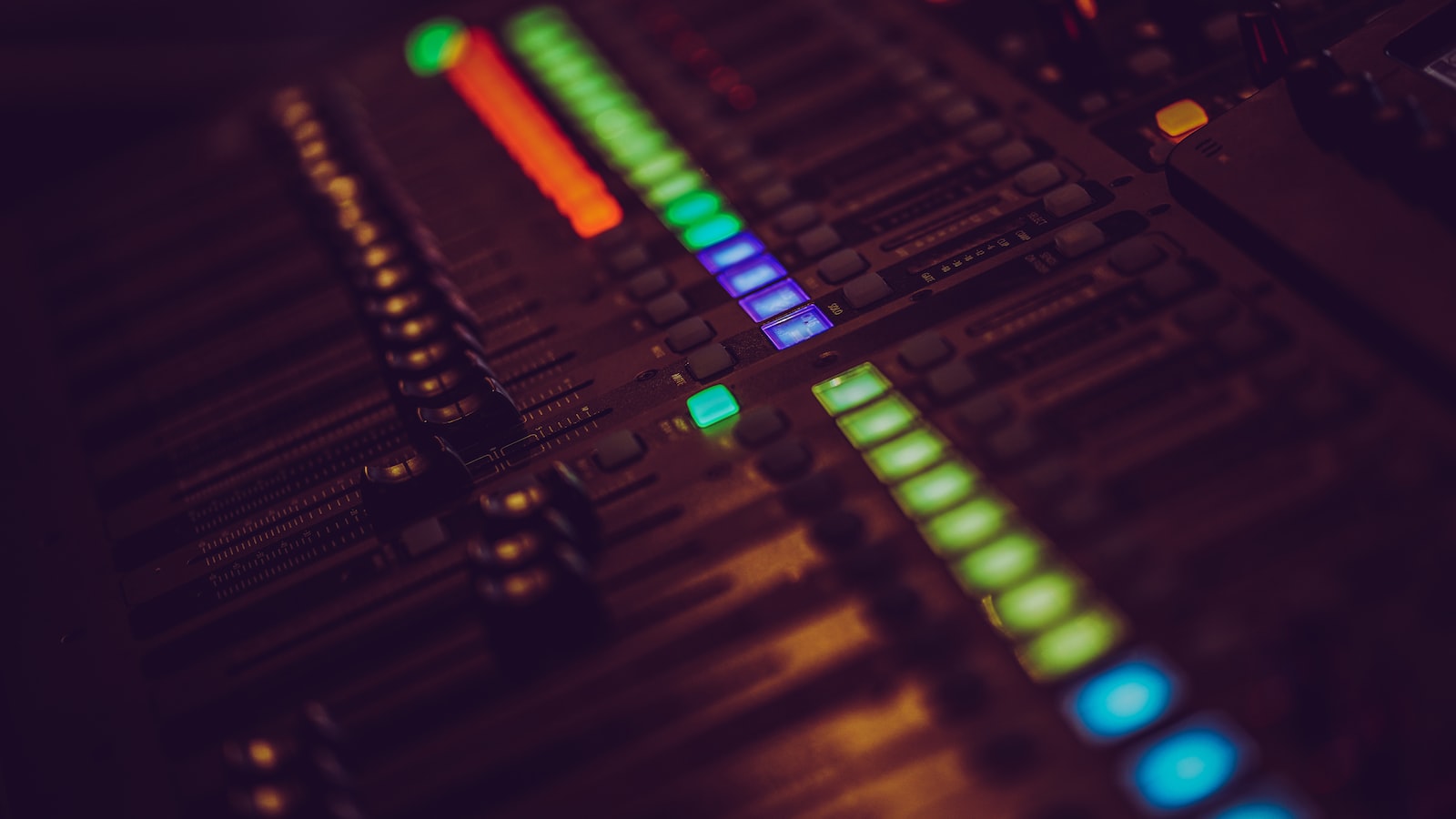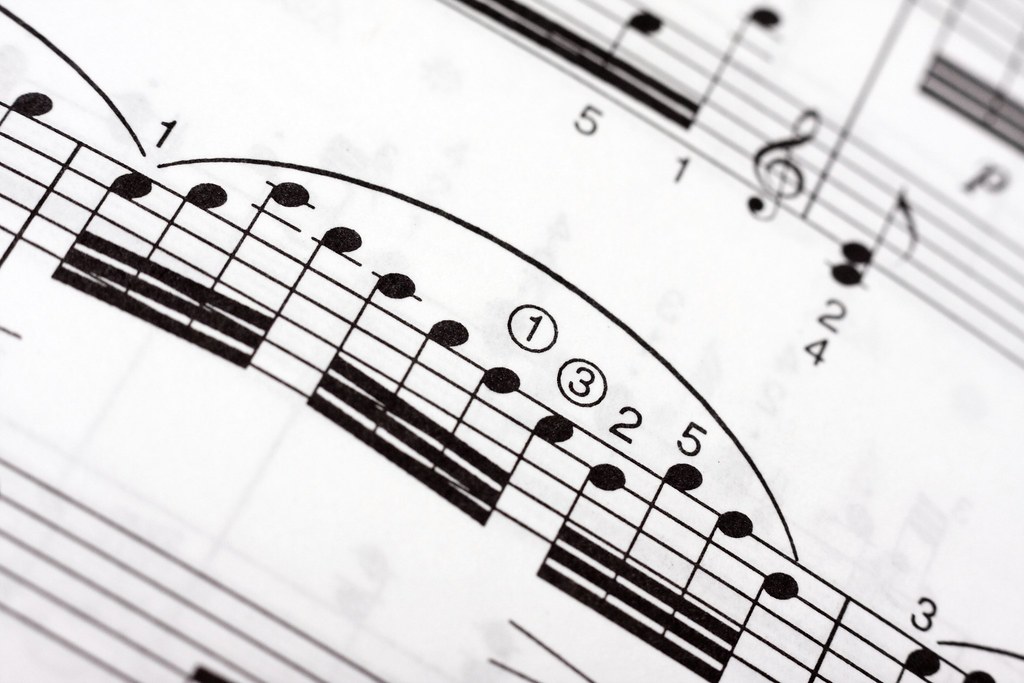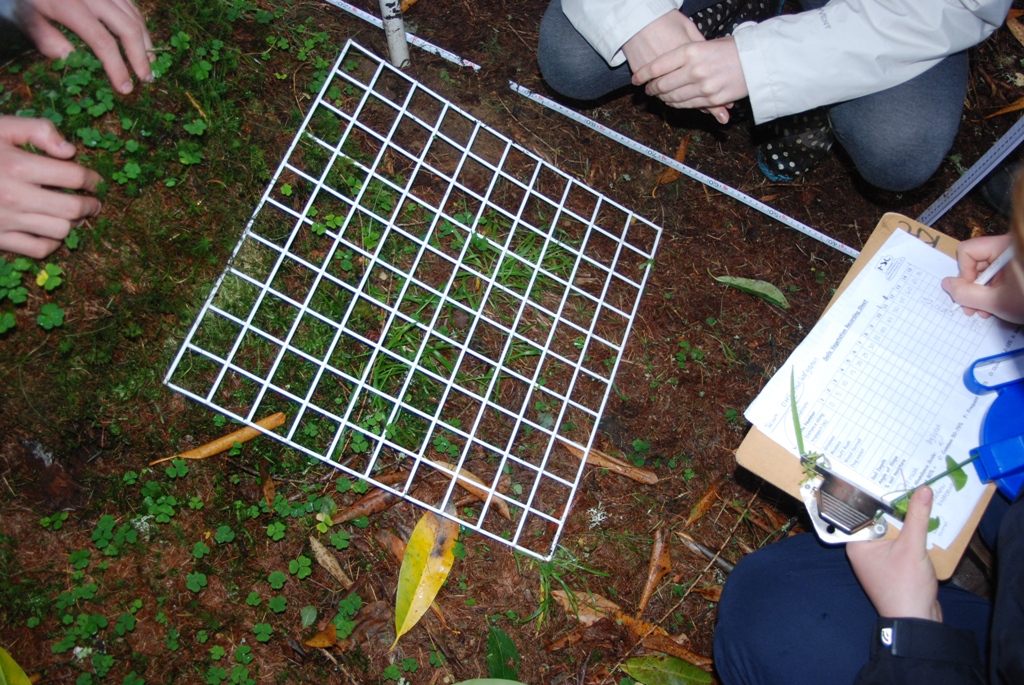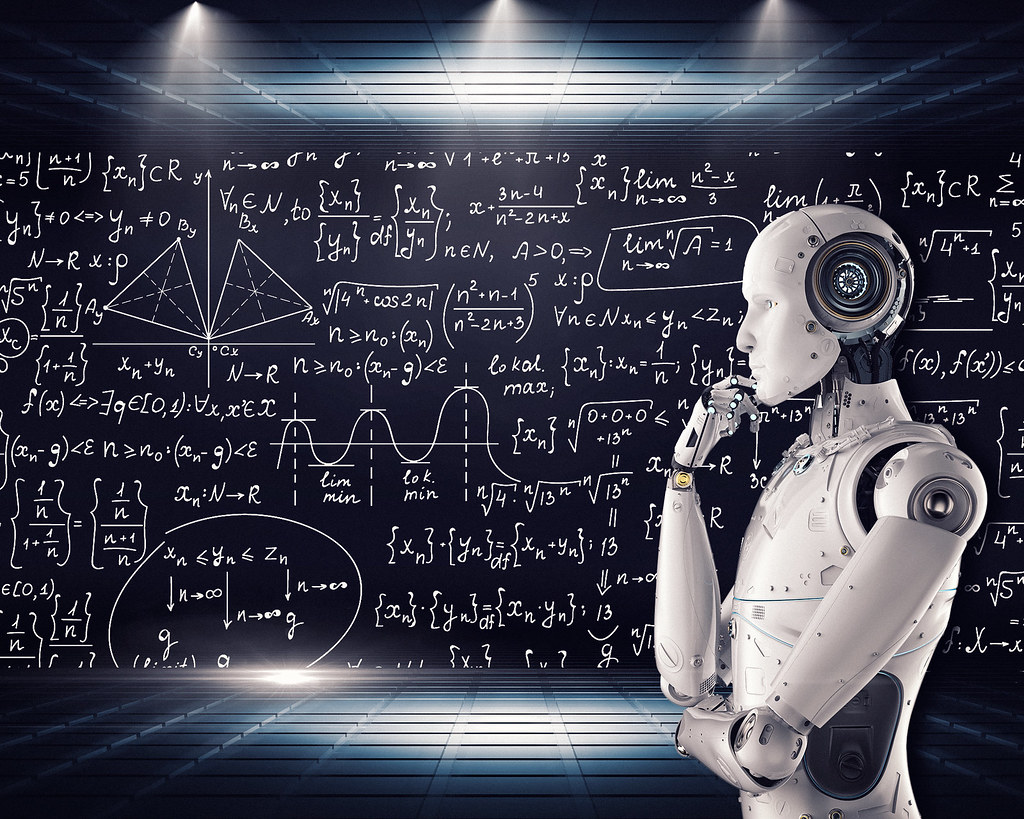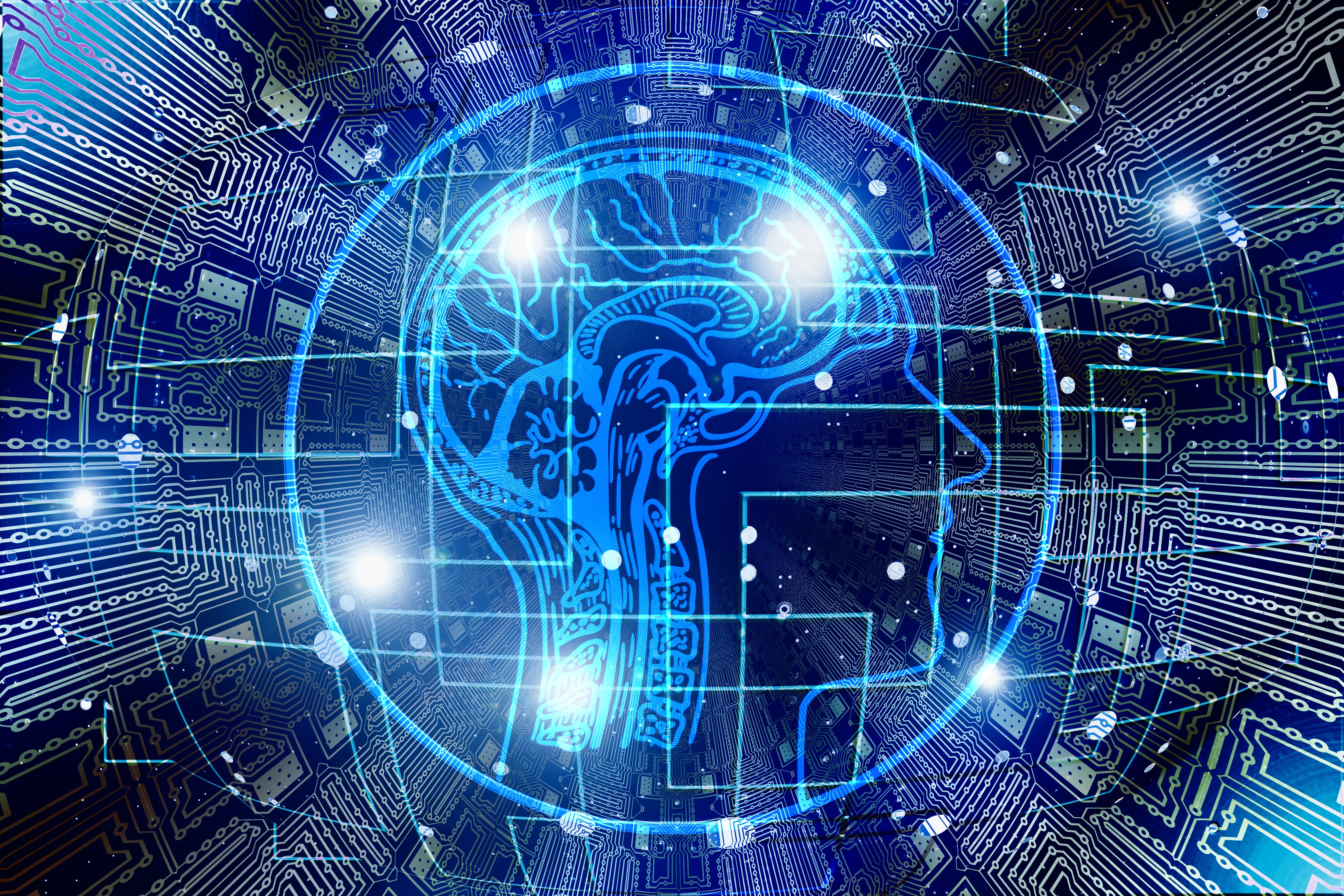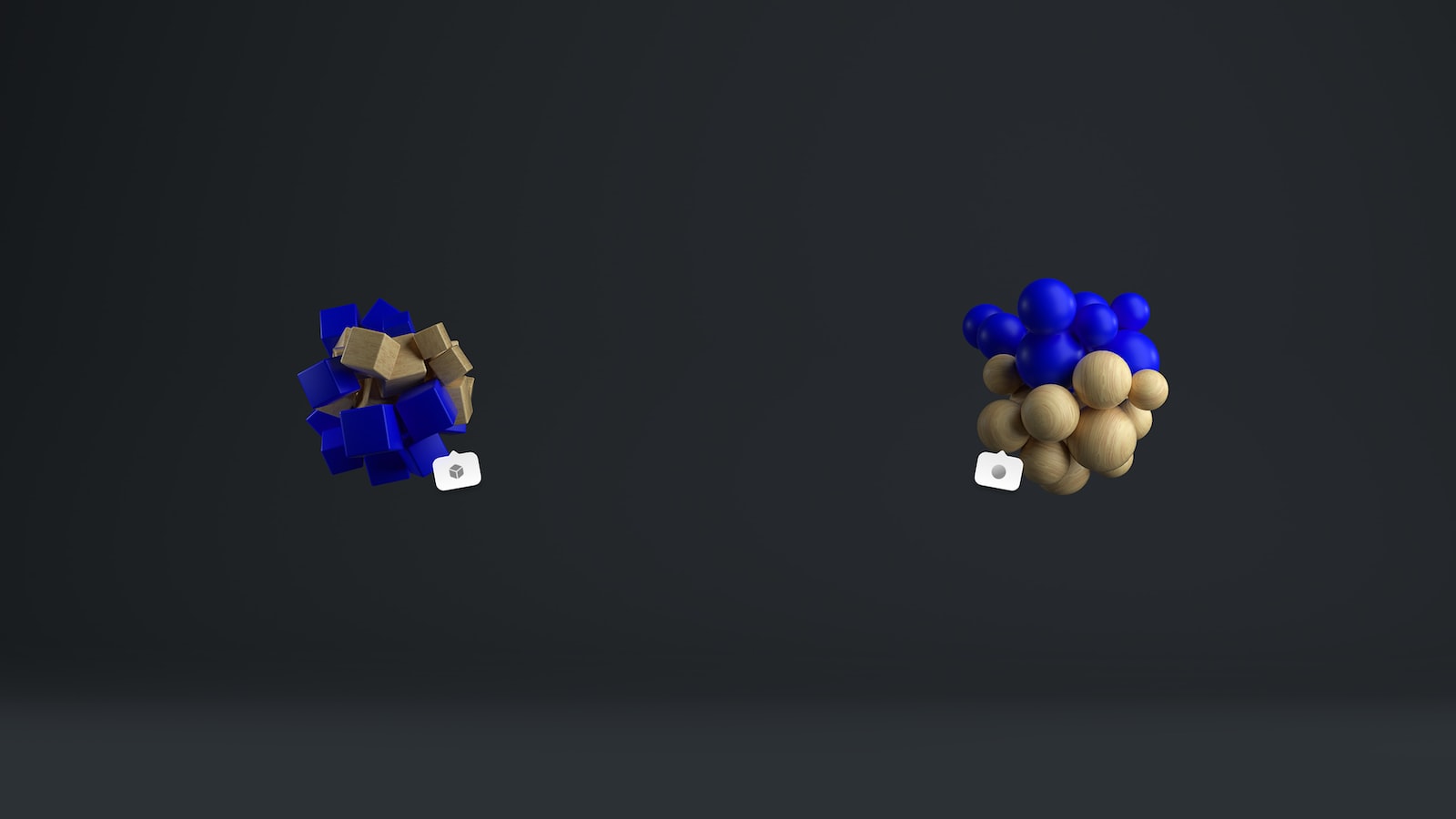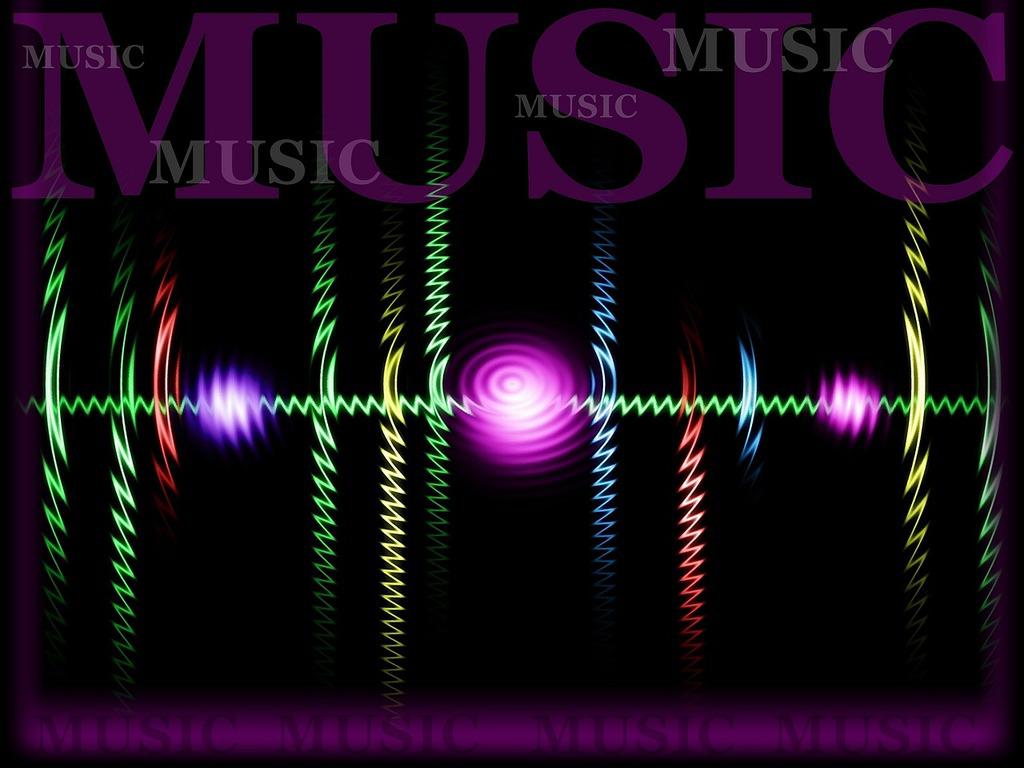
What are the best practices for creating a sense of depth in electronic music?
Are you trying to create a captivating electronic music track that captures the listener and brings them on an immersive journey? If so, it’s essential to understand the best practices for creating a sense of depth in your music. From strategic perspectives to sound engineering techniques, this article will share valuable insights on how to add perspective and atmosphere to your tracks. Read on to learn about the best practices for creating a sense of depth in electronic music.
1. Identifying Existing Depth in Electronic Music
In today’s music landscape, electronic music has become an influential part of the industry that is constantly evolving. Over the past decades, it has managed to successfully define itself in a wide range of genres, from IDM to pop music. This is due to significant advancements in technology that have allowed producers to create highly complex and intricate sounds.
But identifying the existing depth in electronic music can be an arduous task. Not only does it require an extensive knowledge of different sound design practices, but also a keen ear for distinguishing the various sonic nuances that make up each genre. To make the task easier, here are some important points to consider:
- Know Your Genre – Start by establishing the genre of the track. The more familiar you are with it, the easier it will be to identify and create the correct elements for achieving the desired sound.
- Listen Intently – Immerse yourself in the music and pay attention to the details. Listen carefully to the sound of each instrument, as well as the way it contributes to the whole track.
- Experiment – Experiment with different elements to create unique and interesting sounds. Consider using new instruments, sound effects and textures to create something truly unique.
- Collaborate – Involve other creators in the process. This will help you identify any potential issues that may arise and also give you an idea of what the final product might sound like.

2. Increasing Instruments and Dynamics for Added Depth
Creating an audio track with added depth and complexity doesn’t have to be an impossible feat. Adding instruments and changing dynamics is an effective way to capture the imagination of listeners and give a song a unique sound. Here are some ways to create a new level of depth with a few simple techniques.
- Introduce New Instruments – Not only can new instruments help to emphasize a certain part of the song, like a solo in the chorus or main melody, but they can also help to vary the emotion of a song from start to finish. Depending on the desired track, this could include adding strings, horns or woodwinds.
- Change Dynamics – By adding dynamics like crescendos, decrescendos or tempo changes, audio engineers can craft tracks that build the track as it progresses, adding an element of surprise and interest for the listener.
By using different instruments and changing the dynamics throughout the track, production engineers can create a depth that captivates listeners and keeps them engaged. This technique can provide a unique sound for any track, and help to carve a path to success for any artist.
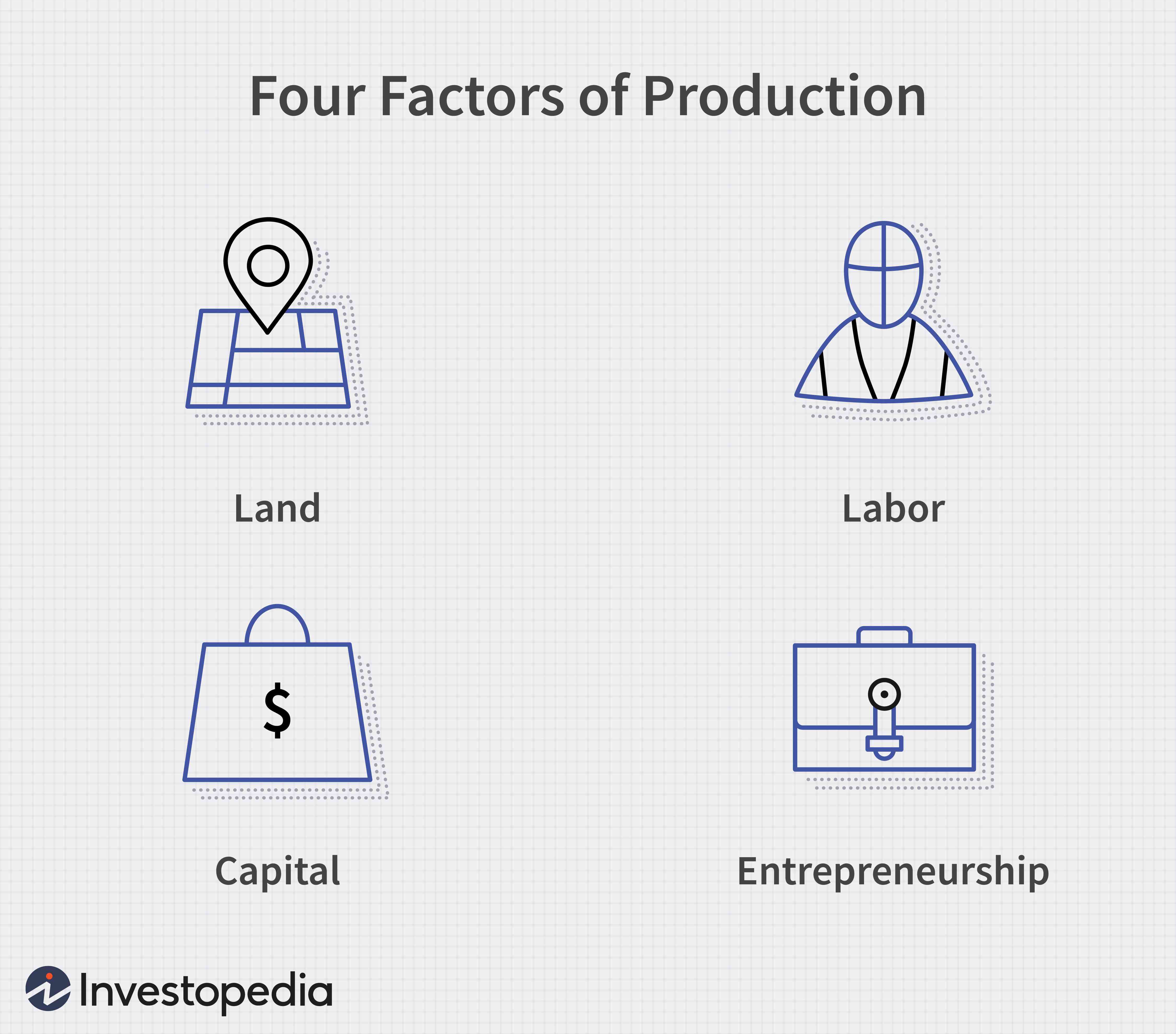
3. Utilising Production Techniques to Create Depth
One of the best ways to create depth and generate more interest in a production is by experimenting with the different production techniques at your disposal. Here are three approaches to begin adding a sense of depth to your work:
- Manipulate Dynamics: The concepts of dynamics, volume, and pitch can be manipulated to create an overall depth in production works. The manipulation can be done by amplifying or dampening certain sections for more impact.
- Experiment with Different Sounds and Instruments: Incorporating different musical instruments and sound types can add more depth to any production. Variety in sound and instruments is also an important factor in ensuring a quality production.
- Manipulate Spatial Environment: By manipulating the spatial environment, you can create a unique atmosphere and add more depth to a production. This may involve artefacts such as reverb, chorus, echo, and delay.
By experimenting and using the techniques mentioned above, you can start to create more depth and interest in your production. It may require some trial and error, but with perseverance and dedication, you can create unique and captivating works of art!

4. Optimising Mixes for Added Dimension and Depth
Like most processes, the act of mixing audio is part art, part science. To create vibrant and dynamic mixes, though, there are specific techniques that engineers can use. When mastered, these tools provide a richer audio experience with added dimension and depth.
To optimise mixes for added dimension and depth, utilise the following techniques:
– Experiment with ambience and reverb to create the sense of space and to connect elements.
– Use panning to create width and interest, helping to add clarity to a mix.
– Utilise equalisation to avoid competing frequency ranges, and to further develop the individual sounds.
– Introduce dynamic range to bring out sections and refine mix elements.
– Adjust levels to produce contrast and emphasise important elements.
By implementing these techniques, engineers can craft mixes which have added dimension and depth, bringing life to audio projects.
Wrapping Up
We hope that this article has given you a clearer understanding of the fundamentals for creating the sense of depth in your electronic music. With the right elements in the right places, you’ll be well on your way to crafting richly detailed and atmospherically deep electronic tracks. Now get out there and compose!




